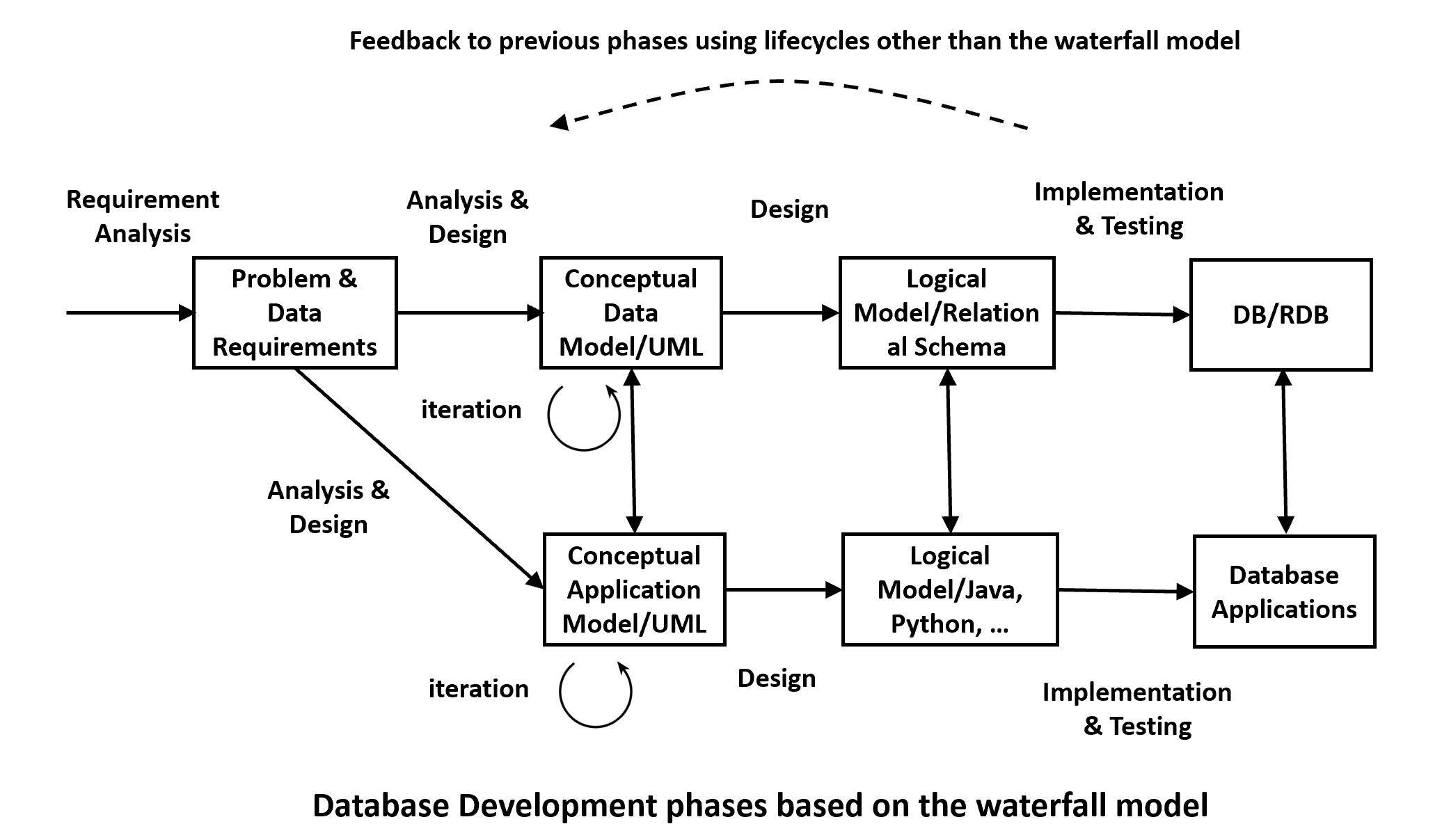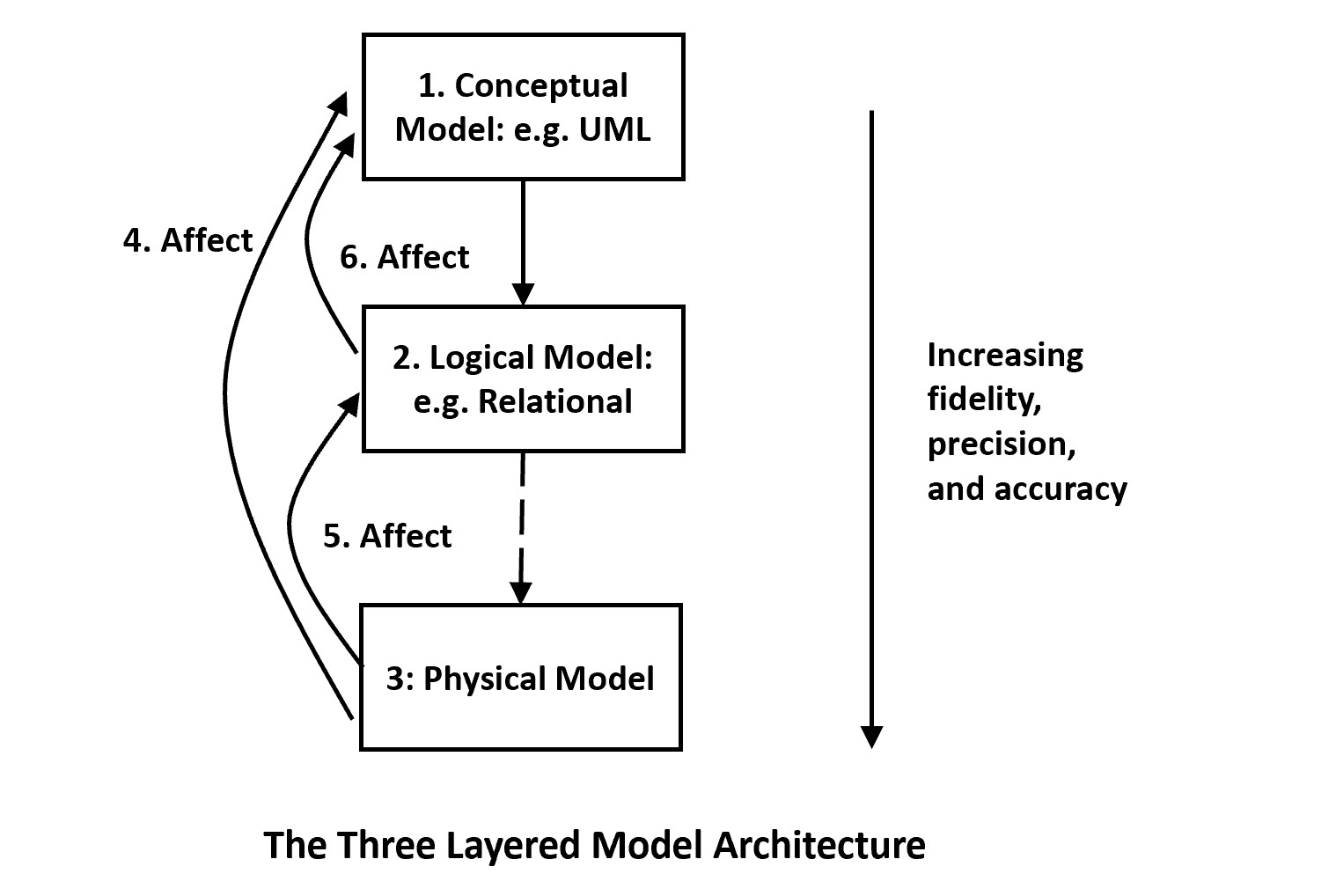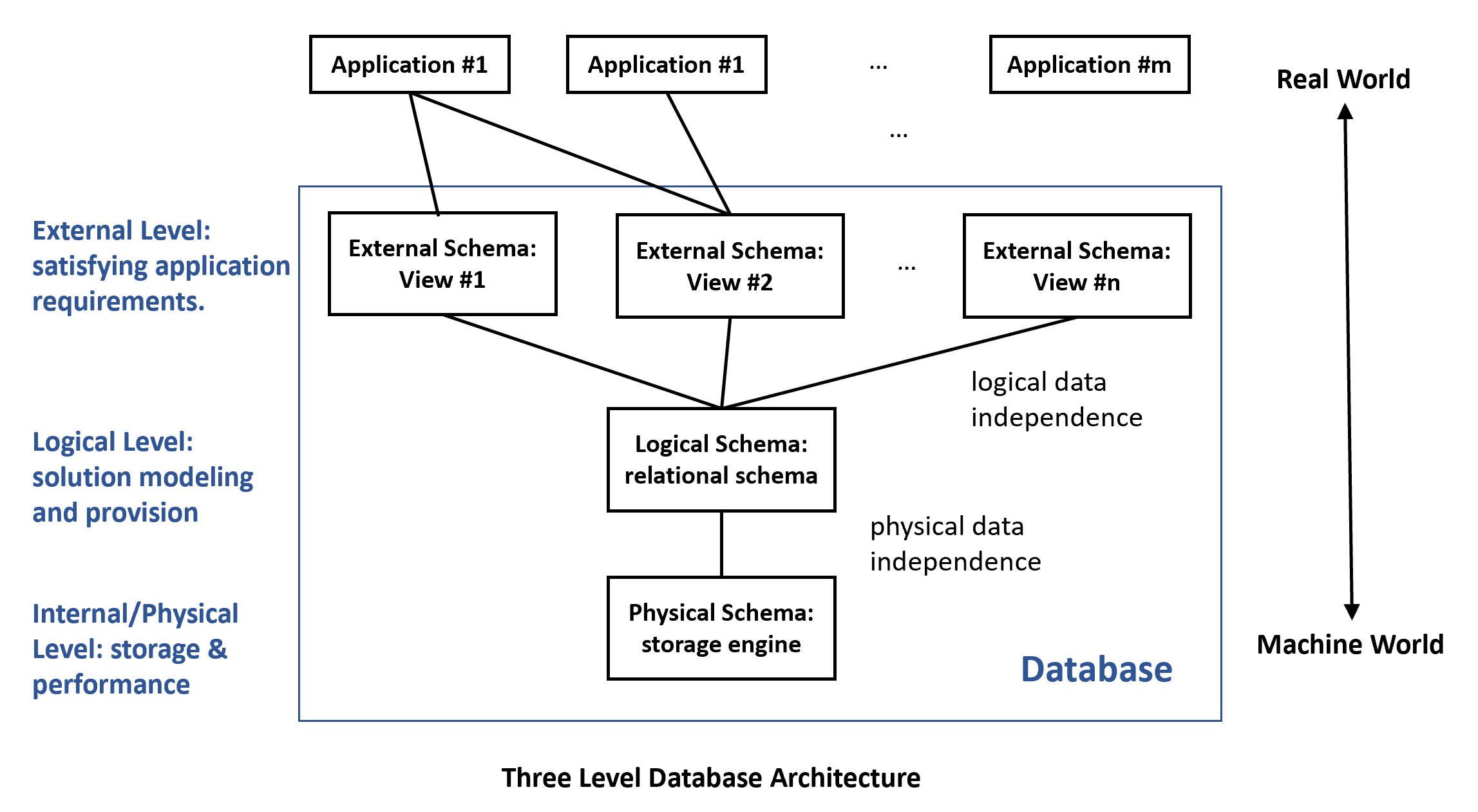Database Basics
by K. Yue
1. Introduction
- It is important to be familiar with the basic terms and concepts of databases in this course.
- A database system is built by using a Database Management System (DBMS).
- One popular DB engine ranking: http://db-engines.com/en/ranking.
- We focus on Relational DBMS (RDBMS).
- Examples of Relational DBMS:
- Access: most popular 'departmental' DBMS
- Oracle: Most popular commercial DBMS
- MS SQL server: Likely second most popular commercial DBMS
- MySQL: most popular open source DBMS
- MariaDB: highly compatible to MySQL (more open source than MySQL)
- Postgres: popular open source DBMS known for innovation and functionality.
- SQLite: most popular portable DB engine.
- Relational DBMS basically use the relational model (with extensions).
- There are many other models. Examples:
- Object-Oriented Database (OODB): e.g., db4o, Gemstone, etc.
- Big Data:
- Document DB: e.g., MongoDB, CouchDB
- Key-Value DB: e.g., Redis, LevelDB
- Wide Column DB: optimized over large dataset; store columns together, not rows. E.g. Cassandra and HBase.
- Graphical DB: e.g., Neo4J
2. Users
- Users drive requirements. It is always important to find out the types of users.
- There are many types of users in a RDB. Three major kinds:
- End users: usually do not use SQL to access the database directly. Examples:
- front-end users
- managers and staff
- domain experts
- DB application developers and data analysts
- Develop DB solutions using SQL.
- With various levels of access privileges.
- DB administrators
- Manage the entire DB, such as:
- conceptual and physical database design and implementation
- security
- user account management
- backup and recovery
- performance tuning
- The likely role of most of you: DB and application developers and data analysts.
- You are likely not the end users of the DB system you built.
- Thus, do not build the database for yourself.
3. DB Development Phases
- The classical waterfall software development life cycle can be useful as a basis to understand the various phases of database development.
- Requirement: conceptual modeling.
- Planning
- Analysis
- Design:
- Logical modeling and design
- Physical Design
- Implementation
- Testing
- Maintenance
- There are many other software lifecycle models.
- DB development is a kind of software development.

3.1 Data Modeling
General conceptual model. See, for example: https://en.wikipedia.org/wiki/Conceptual_model_(computer_science).
- Capture domain knowledge and requirements from the business and application perspectives.
- Driven by requirements.
- Construct a conceptual model iteratively.
See, for example: https://en.wikipedia.org/wiki/Conceptual_schema.

Identify and capture user requirements:
- Likely the most tedious and difficult parts for many traditional applications.
- Collect documents of existing systems.
- Study documents of existing systems.
- Talk with domain experts and end users.
- Model the problem using a modeling language, such as UML, ER, etc.
- Document the captured requirements: e.g., modeling, requirement specifications, data dictionary, etc.
- Iteratively refine and correct the model until enough details are captured.
3.2 Design database solutions
- Select the appropriate data model of the database.
- Select the appropriate DBMS.
- Design the logical model.
- Design the architecture of the DB system.
- Design the physical database.
- Design external views.
- Design individual components.
3.3. Implementation and testing
- Implement and test design.
- Optimize performance.
4. The Three-Layered DB Architecture
- The three-layered database architecture is well known and you can get a lot of information about it from the Web. Examples:
- Use the layer pattern to manage complexity. The layer pattern is an important concept in Computer Science and software architecture.
- Three levels:
- External or view level: Describes a part of the database for a particular user group, Provide the right level of abstraction and security control.
- Logical level: Describe logical structure of the entire database.
- Some practitioners call the 'logical level' the 'conceptual level'. This can cause confusion as other distinguish between 'conceptual model' and 'logical model'.
- Internal/Physical level: Describe physical storage structure of the database.
- Provide data independence:
- Logical data independence:
- between logical database and external views.
- Changes in the logical database may not affect the external views.
- Physical data independence:
- between logical database and physical database.
- Changes in the physical database do not affect the correctness of the logical database.
- The logical level is the focus.




